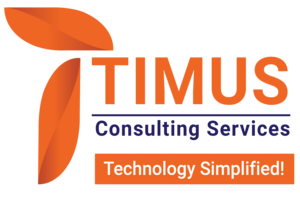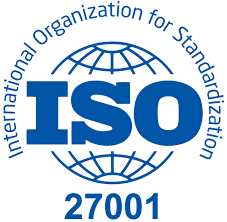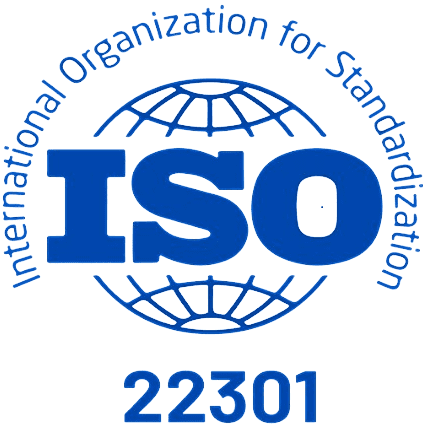Introduction
In today’s fast-paced, digitally-driven world, the realms of Governance, Risk, and Compliance (GRC) are undergoing a profound transformation. Traditional methods of managing GRC are no longer sufficient to address the complexities and dynamism of modern business environments. Enter Artificial Intelligence (AI). AI’s ability to process vast amounts of data, identify patterns, and make intelligent decisions is revolutionizing the GRC landscape. This blog explores the significant role of AI in GRC, its importance, strategic approaches, and practical use cases.
Importance
Enhanced Efficiency and Accuracy
AI enhances efficiency and accuracy in GRC processes by automating repetitive tasks, such as monitoring compliance requirements, conducting risk assessments, and generating reports. This automation not only reduces the time and resources required but also minimizes human errors, ensuring more reliable and precise outcomes.
Proactive Risk Management
AI enables organizations to shift from reactive to proactive risk management. By continuously analyzing data from various sources, AI systems can identify potential risks before they materialize, allowing businesses to implement preventive measures. This proactive approach mitigates risks and protects the organization from potential threats.
Regulatory Compliance
Keeping up with ever-changing regulatory requirements is a significant challenge for organizations. AI can streamline compliance by automatically updating policies and procedures based on the latest regulations. This ensures that businesses remain compliant, avoiding hefty fines and reputational damage.
Data-Driven Decision Making
AI provides valuable insights derived from data analysis, empowering decision-makers with actionable information. This data-driven approach enhances the quality of decisions related to governance, risk management, and compliance, leading to better outcomes and a more resilient organization.
Strategies
Implementing AI-Powered GRC Solutions
Organizations should invest in AI-powered GRC solutions that integrate seamlessly with their existing systems. These solutions leverage machine learning algorithms and natural language processing to monitor, analyze, and manage GRC activities effectively. Choosing the right AI tools tailored to specific organizational needs is crucial for successful implementation.
Training and Skill Development
To maximize the benefits of AI in GRC, organizations must invest in training their workforce. Employees should be educated on how to use AI tools and interpret their outputs. Additionally, hiring or upskilling data scientists and AI specialists can enhance the organization’s capability to develop and maintain AI-driven GRC systems.
Continuous Monitoring and Improvement
AI in GRC is not a one-time implementation but an ongoing process. Organizations should establish continuous monitoring mechanisms to evaluate the performance of AI systems and make necessary adjustments. Regular audits and feedback loops help in refining AI algorithms and improving their accuracy over time.
Collaboration and Integration
Effective AI implementation in GRC requires collaboration between different departments, such as IT, compliance, risk management, and legal. Integrating AI systems across these departments ensures a holistic approach to GRC, leveraging AI’s full potential to address interconnected risks and compliance challenges.
Use Case Scenarios
Fraud Detection and Prevention
AI can detect unusual patterns and anomalies in financial transactions, helping organizations identify potential fraud. Machine learning algorithms analyze transaction data in real-time, flagging suspicious activities for further investigation. This proactive fraud detection approach safeguards the organization’s assets and reputation.
Regulatory Change Management
AI-driven systems can monitor regulatory changes across various jurisdictions and automatically update compliance frameworks. This ensures that organizations remain compliant with the latest regulations, reducing the risk of non-compliance penalties and legal issues.
Risk Assessment and Mitigation
AI can assess risks by analyzing internal and external data sources, including market trends, financial reports, and news articles. By providing a comprehensive risk profile, AI helps organizations prioritize and mitigate risks effectively, ensuring business continuity and resilience.
Policy and Procedure Automation
AI can automate the creation and updating of policies and procedures based on regulatory requirements and organizational changes. This ensures that employees have access to the latest guidelines, promoting adherence to compliance standards and reducing the risk of violations.
Conclusion
AI is revolutionizing the GRC landscape by enhancing efficiency, accuracy, and proactive risk management. Its ability to analyze vast amounts of data and provide actionable insights empowers organizations to make informed decisions and stay compliant with ever-evolving regulations. By implementing AI-powered GRC solutions, investing in training, and fostering collaboration, businesses can harness the full potential of AI to transform their GRC practices and build a resilient future.





